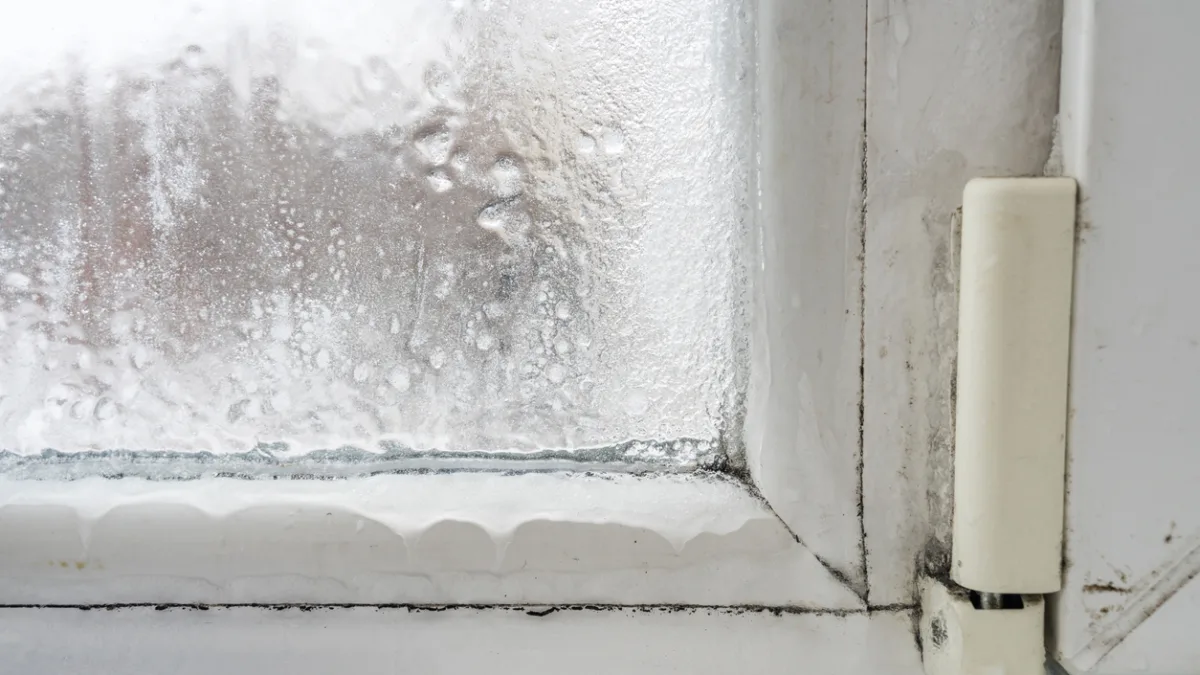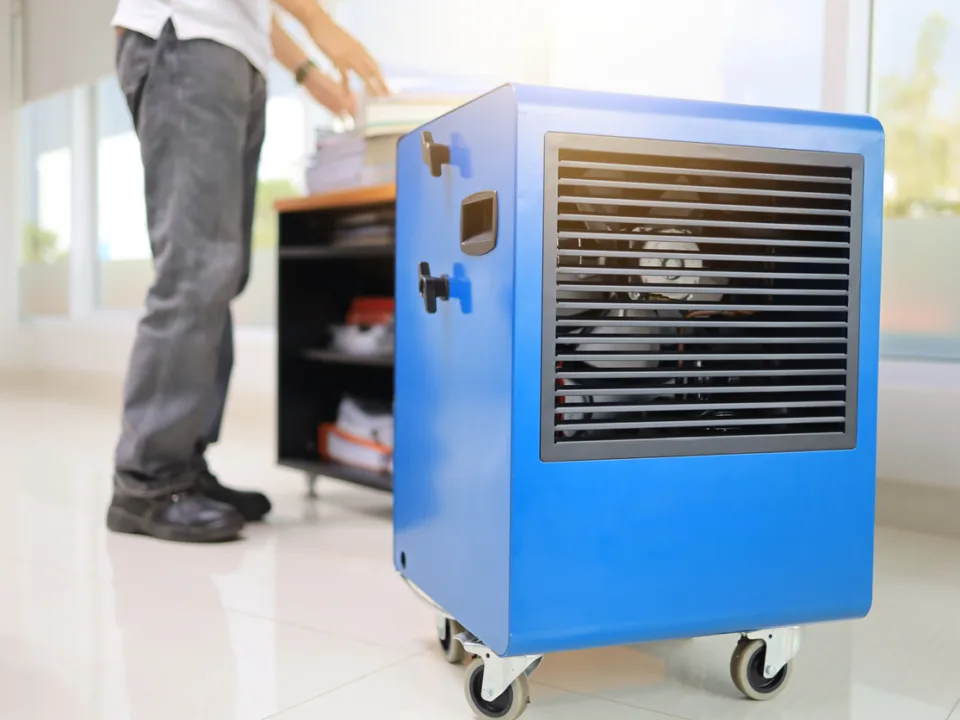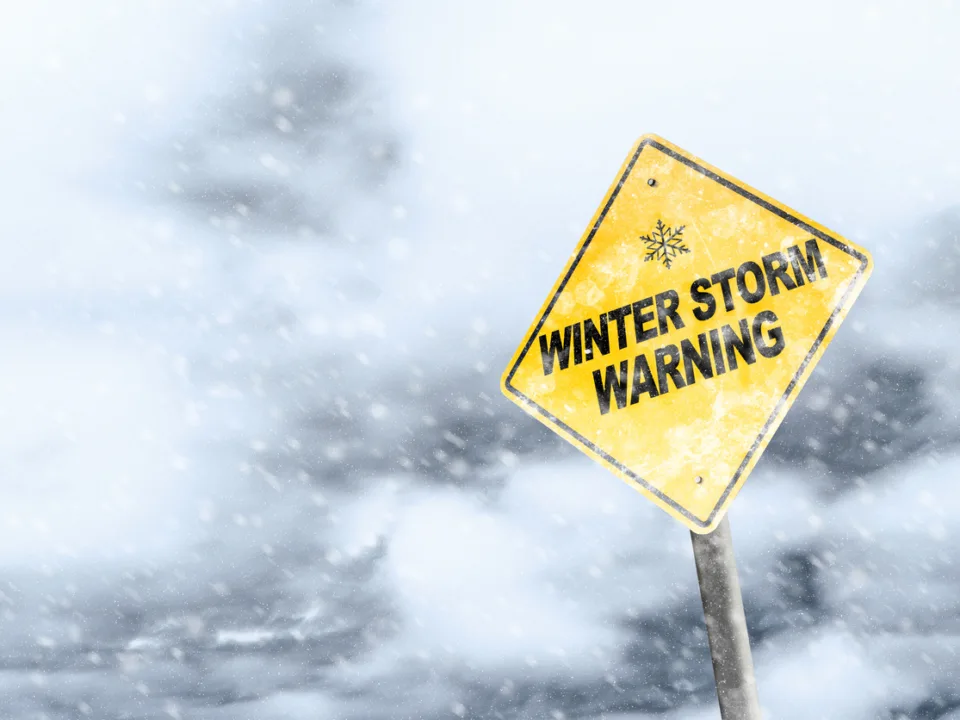Does Mold Grow in the Texas Winter?
Winter in Texas, particularly in the Dallas and Fort Worth regions, brings a unique set of challenges for homeowners. While it’s a common misconception that mold is only a problem in hot and humid conditions, winter can also be prime time for mold growth in your home. This post explores how and why mold can be a concern even during the cooler months.
Understanding Mold Growth:
Mold can grow in various conditions, even at temperatures as low as 32 degrees Fahrenheit. This is especially relevant during the cooler months in Texas, where indoor activities and heating can distribute mold spores throughout the home, exacerbating mold allergies.
Why Winter?
In winter, Dallas and Fort Worth homes are often sealed tightly to conserve heat. This can lead to a lack of proper ventilation and increased indoor humidity – perfect conditions for mold growth. Activities like cooking, showering, and using humidifiers contribute to the moisture level in your home, creating an ideal environment for mold spores to settle and grow.
Common Winter Mold Issues in Dallas and Fort Worth:
- Condensation on Windows: When warm indoor air meets cold windows, condensation forms, creating a breeding ground for mold around window sills.
- Poorly Insulated Walls: Cold exterior walls can cause condensation and mold growth within wall cavities.
- Roof Leaks and Attic Condensation: Winter storms can damage the roof, causing leaks that provide moisture for mold. Additionally, poor attic insulation can lead to condensation and mold issues.
Preventing Winter Mold Growth:
Prevention is vital in controlling mold growth during the winter months. Here are some tips for Dallas and Fort Worth homeowners:
- Maintain Low Indoor Humidity: Aim to keep indoor humidity levels below 45%. Use dehumidifiers and exhaust fans in high-moisture areas like kitchens and bathrooms.
- Ensure Proper Ventilation: Regularly open windows to allow fresh air circulation, even in cold weather.
- Inspect and Repair Leaks: Regularly check your roof, pipes, and windows for leaks and repair them promptly.
- Insulate Properly: Proper insulation in your home, especially in the attic and exterior walls, can prevent condensation.
Identifying Mold in Your Home:
Mold can be visible or hidden. Signs of mold include a musty odor, visible growth on walls or ceilings, and worsening allergy symptoms. In winter, pay special attention to areas where moisture accumulates, such as around windows and basements.
Need Professional Mold Remediation – Call Texas Disaster Restoration
If you suspect mold growth in your home, it’s essential to address it promptly. Professional remediation is recommended for significant mold issues, especially in hard-to-reach areas like attics or inside walls. Texas Disaster Restoration specialize in safely and effectively removing mold from homes, ensuring the health and safety of your living space.









